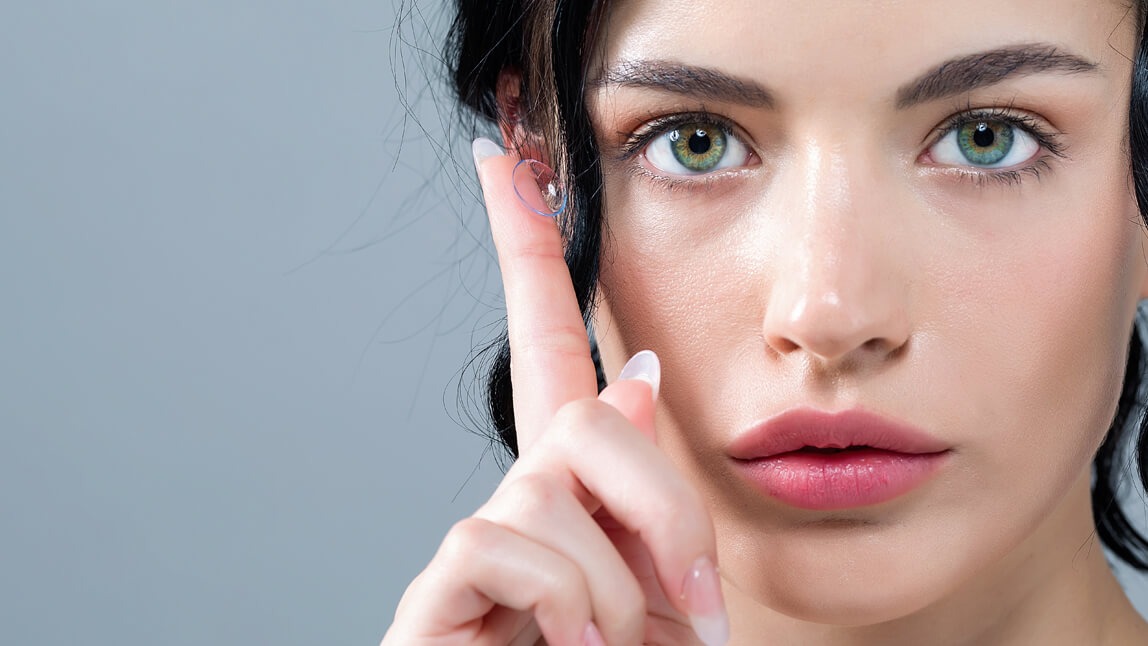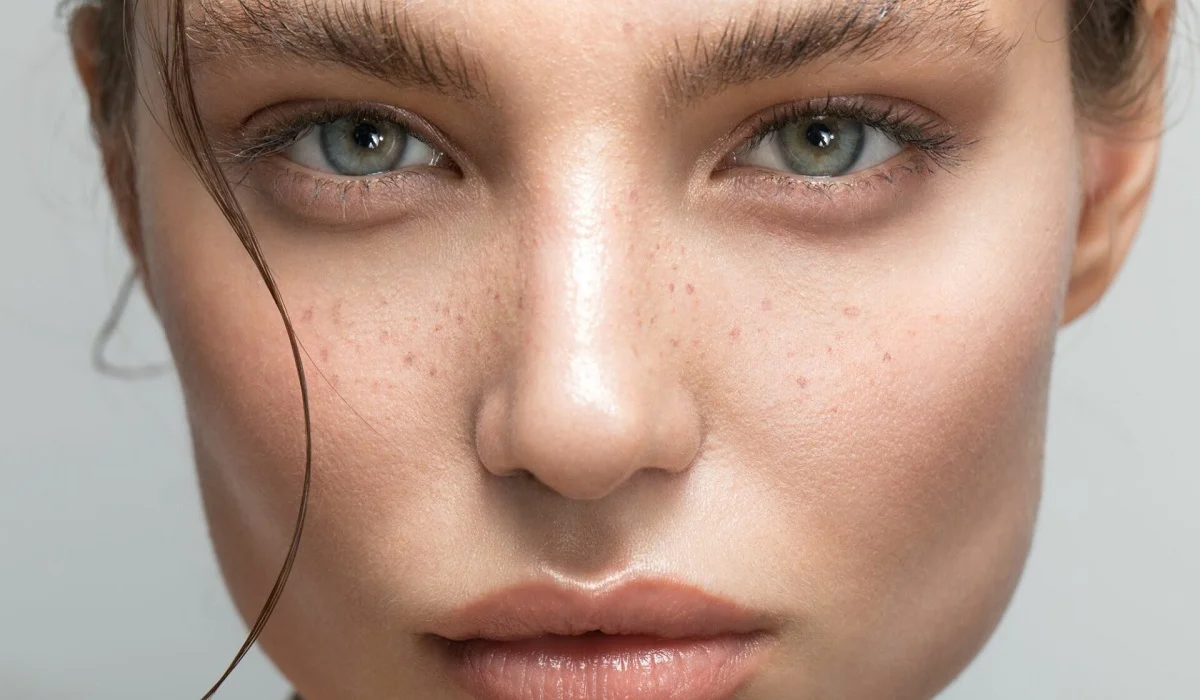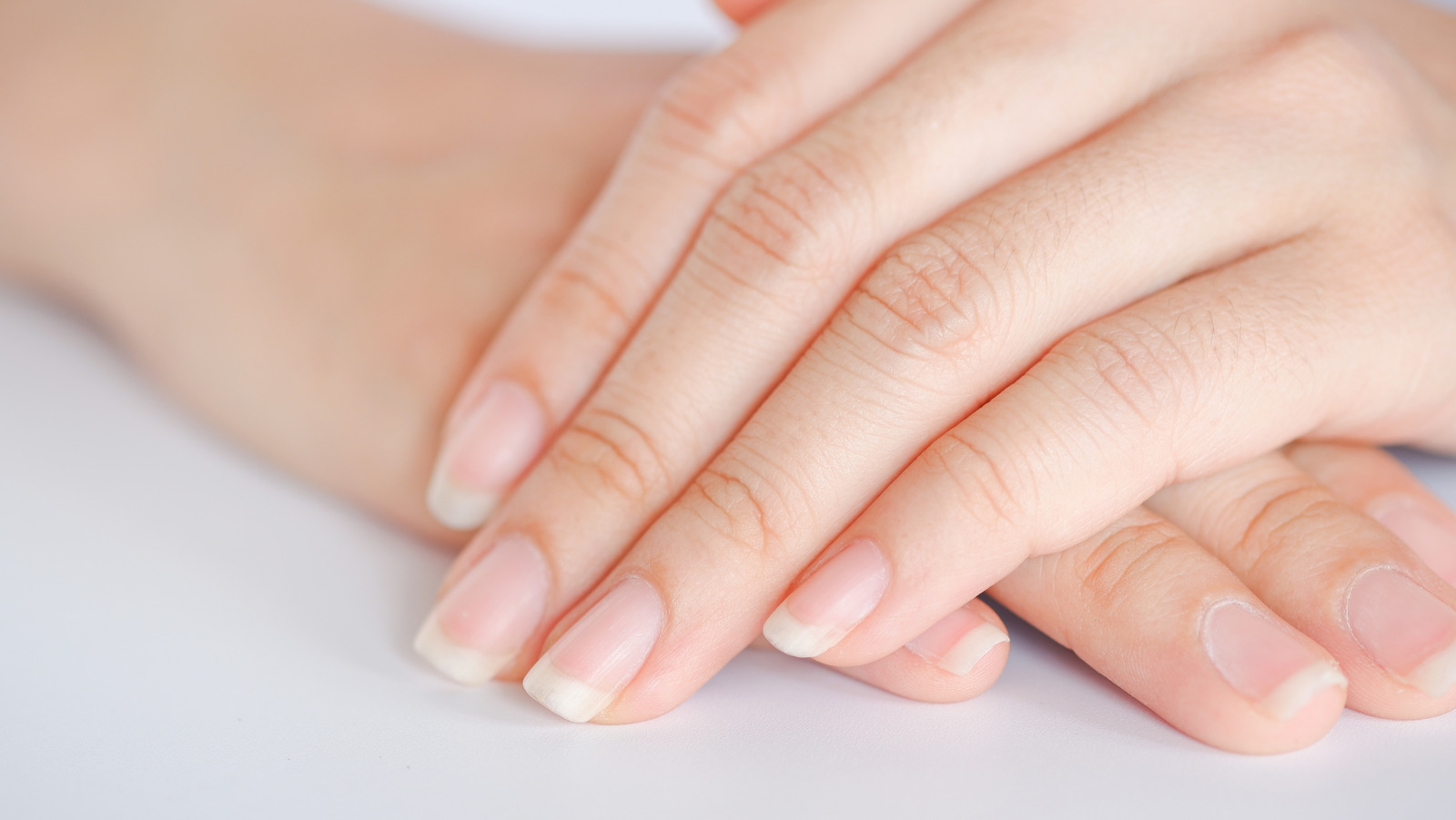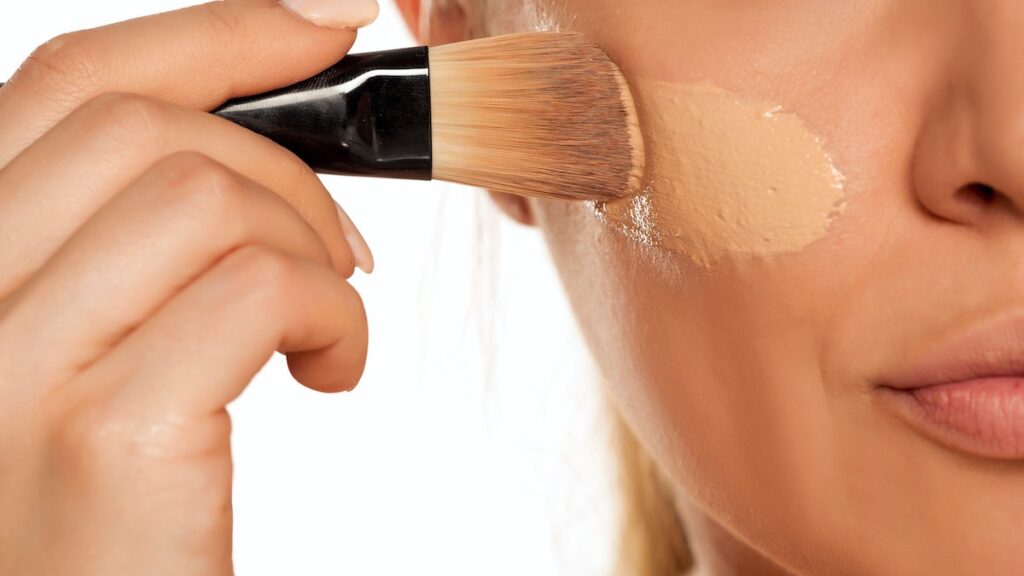
Liquid foundation is a versatile and widely used makeup product that helps create a smooth and even complexion. However, achieving a flawless finish with liquid foundation requires proper application techniques and some helpful tricks. In this comprehensive guide, we will explore valuable tips and tricks to ensure that your liquid foundation application is seamless, long-lasting, and enhances your natural beauty.
Prepping Your Skin
Before applying liquid foundation, it’s essential to prepare your skin to ensure a smooth and even canvas. Follow these steps to optimize your foundation application:
a. Cleansing: Start with a clean face by washing away any dirt, oil, or makeup residue. Use a gentle cleanser suitable for your skin type.
b. Exfoliation: Regular exfoliation helps remove dead skin cells, promoting smoother skin and preventing foundation from clinging to dry patches. Exfoliate 1-2 times per week.
c. Moisturizing: Apply a lightweight, hydrating moisturizer to keep your skin supple and prevent the foundation from settling into fine lines or dry areas.
d. Primer: Consider using a makeup primer to create a smooth base and extend the longevity of your foundation. Choose a primer that suits your skin type, whether you have oily, dry, or combination skin.
Selecting the Right Foundation
Choosing the appropriate liquid foundation for your skin type and desired coverage is crucial. Here are some pointers for selecting the right foundation:
a. Skin Type: Identify your skin type (oily, dry, combination, or normal) to find a foundation that addresses your specific needs. Oil-free, matte foundations work well for oily skin, while hydrating formulas suit dry skin.
b. Undertone: Determine your skin’s undertone, which can be warm, cool, or neutral. Select a foundation with a matching undertone for a natural look.
c. Shade Matching: Test foundation shades on your jawline or wrist in natural light to find the most suitable match. The right shade should blend seamlessly with your neck and face.
d. Coverage: Choose the level of coverage you desire—light, medium, or full—based on your skin concerns and the occasion.
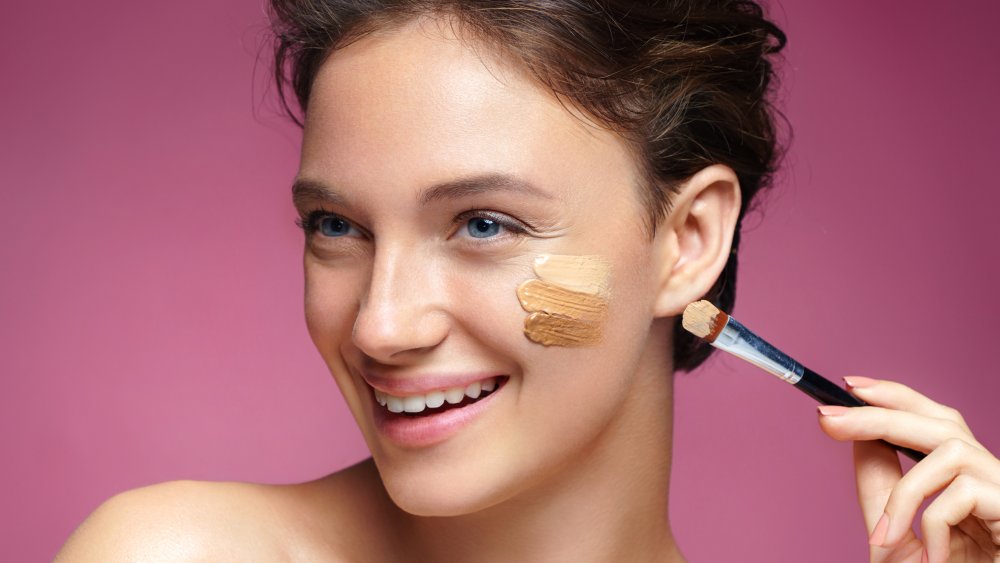
Applying Liquid Foundation
Now that your skin is prepped and you have the right foundation, let’s explore different application techniques to achieve a flawless finish:
a. Brush Application: Use a foundation brush to apply the product in downward strokes. Brushes provide even coverage and help buff the foundation into the skin for a polished look.
b. Beauty Blender or Makeup Sponge: Dampen a makeup sponge or Beauty Blender and gently bounce it across your face to apply the foundation. This technique provides a natural, airbrushed finish and ensures seamless blending.
c. Fingertip Application: For a more lightweight and natural finish, use clean fingers to apply the foundation. Warm the product between your fingers before patting it onto your skin.
d. Layering: Start with a small amount of foundation and build up coverage gradually where needed. This approach prevents a cakey appearance and allows you to tailor the coverage to your preference.
e. Sheer Application: For a light, sheer coverage, mix a drop of foundation with your moisturizer or primer before applying.
Concealing and Color Correcting
To achieve a flawless complexion, consider incorporating concealer and color correctors into your routine:
a. Concealer: Apply concealer after foundation to cover blemishes, dark circles, and any areas that need additional coverage. Use a shade close to your skin tone or one that is slightly lighter to brighten the under-eye area.
b. Color Correctors: Use color correctors to neutralize specific concerns, such as green for redness, peach for dark circles, and lavender for sallow skin. Apply them before foundation and concealer for the best results.
Setting the Foundation
Setting your liquid foundation helps prolong its wear and reduces the likelihood of smudging or transferring. Try the following techniques:
a. Translucent Powder: Use a fluffy powder brush to apply a thin layer of translucent setting powder. This minimizes shine and locks the foundation in place without adding additional coverage.
b. Baking: For longer-lasting coverage, use the baking technique. Apply a generous amount of setting powder to areas you want to highlight or where makeup tends to crease (under the eyes, T-zone), leave it on for a few minutes, and then dust it off.
Touch-Up Tips
To maintain a flawless look throughout the day, keep these touch-up tips in mind:
a. Blotting Papers: Use blotting papers to absorb excess oil without disturbing your foundation. This prevents a cakey appearance and keeps your skin looking fresh.
b. Setting Spray: Finish your makeup routine with a setting spray to lock everything in place and provide a dewy or matte finish, depending on your preference.
Liquid foundation is a powerful tool that can transform your complexion and boost your confidence. By following the tips and tricks outlined in this guide, you can ensure a flawless application that enhances your natural beauty and lasts throughout the day. From prepping your skin to selecting the right foundation and applying it with precision, these techniques will help you achieve a radiant and flawless finish every time you reach for your liquid foundation.






